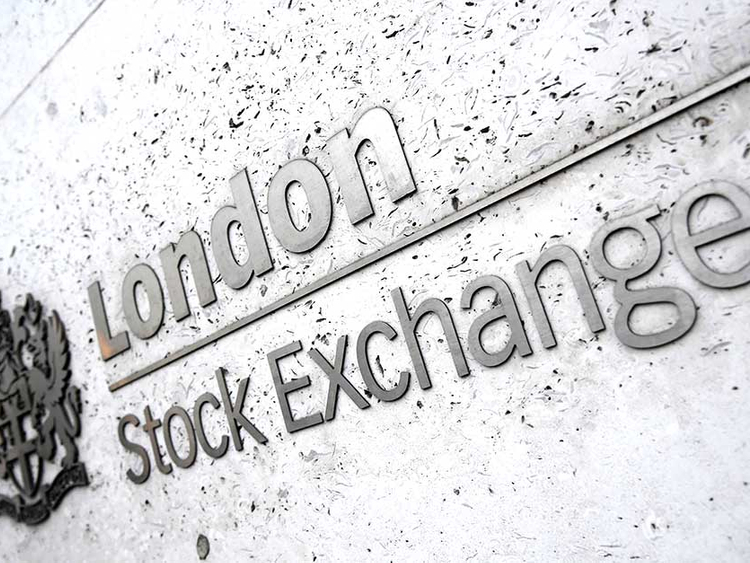London: World stock markets hovered close to all-time highs on Monday as the best start to a year in eight years showed little sign of running out of steam, with the combination of strong global growth and low inflation powering the appetite for risk.
European stocks jumped by as much as 0.4 per cent, hitting their highest levels since August 2015, before easing slightly.
A surprise dip in German industrial orders, which fell in November for the first time since July, appeared unlikely to dent growing confidence in the Eurozone’s biggest economy after a strong run of positive economic news.
The strong showing in European markets followed Asia, where benchmarks inched towards all-time peaks. Wall Street last week had posted its best start to a year in more than a decade; Friday’s US jobs report, while weaker than expected, encouraged hopes that brisk growth and low inflation can be sustained this year.
The world index was flat, just below record highs. It has gained 2.5 per cent in the first five trading sessions of the year, its best start since 2010, according to Thomson Reuters data.
The US dollar partly recovered on Monday after a weak start to the year, strengthening past $1.20 against the Euro, although with bearish positions against the greenback high, many traders are betting on a stronger single currency.
Against a basket of currencies the dollar was up 0.31 per cent but close to its weakest level since September.
Positive Eurozone economic data — economic growth in the Eurozone is on its best run in a decade — has helped the Euro, and investors globally wanting exposure to the economic recovery in the region have piled into European assets.
The synchronised global recovery has prompted central banks across the world to follow the Federal Reserve’s lead and start moving towards tighter monetary policy in recent months, supporting their currencies against the dollar.
“The overall trend is minutely supportive for the US
dollar as we are seeing a global recovery led by China and Europe and there is a lot of cash sitting on the sidelines, waiting to buy European assets,” said Peter Chatwell, head of European rates strategy at Mizuho International in London.
US futures data showed the largest net long Euro position by hedge funds and speculative accounts in the single currency’s history in the week to January 2.
Eurozone blue chip stocks were up 0.23 per cent, with France’s CAC 40 ahead by 0.3 per cent and Germany’s DAX by 0.31 per cent.
“Growth in the euro area has outpaced the US for the past two years now and on our forecast this outperformance will extend to four years,” JP Morgan analysts wrote in a note, calling such a scenario “unprecedented”.
In US markets, Wall Street’s best start to a year in more than a decade included the Dow rising 2.3 per cent last week and the S&P 500 2.6 per cent. The tech-heavy Nasdaq soared 3.4 per cent.
Attention in the US now turns to the quarterly earnings season, the biggest event of this week, with Wall Street expecting solid growth of around 10 per cent.
Analysts at Bank of America Merrill Lynch said that the global economy had entered 2018 “firing on all cylinders”.
“This growth is keeping our quant models bullish and driving earnings revisions to new highs,” they added. “We stay long outside the US, with Asia ex-Japan and Nikkei our growth plays, Europe still for yield.” In commodity markets, many commodities paused after the recent run-up in prices, supported by a broadly weak US dollar and the rise in global growth expectations.
Oil prices held just below the near-three-year highs hit last week. A slight decline in the number of US rigs drilling for new production kept prices in check.
Gold prices dipped after the dollar gained, with spot prices down 0.1 per cent. The precious metal has posted four consecutive weeks of gains.













